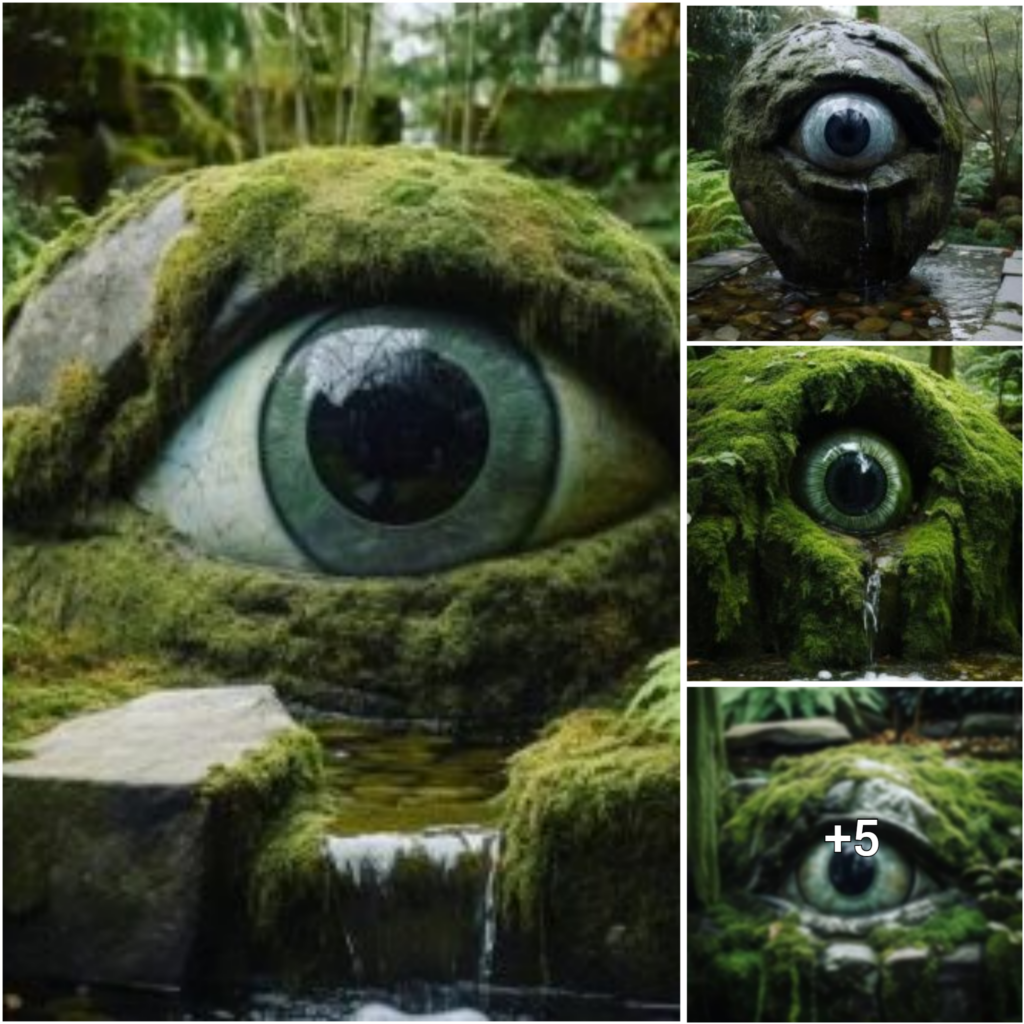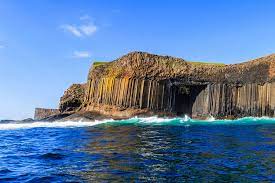
Nestled away on the secluded island of Staffa, located on Scotland’s western coast, there’s a natural wonder that has mesmerized the creative minds of artists, poets, and musicians for ages. Fingal’s Cave, named after the mythical Celtic hero Fingal, serves as a testament to the breathtaking beauty and enigmatic essence of nature. Its captivating hexagonal basalt columns, formed through volcanic activity from long ago, have lured in tourists and sparked endless inspirations for pieces of art and written works.
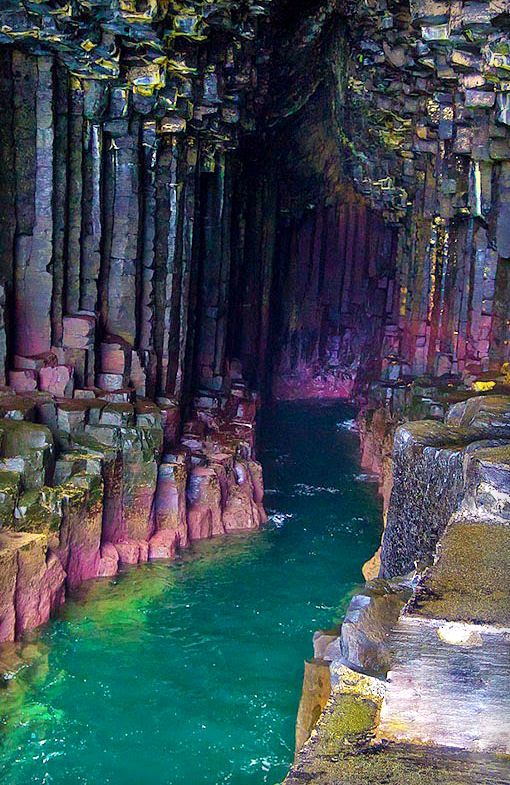
Fingal’s Cave is famous for its exceptional geological structure. This natural wonder was formed approximately 60 million years ago when there was a lot of volcanic activity. The basalt lava that comprises the columns cooled down and broke apart, producing the hexagonal pillars that form the cave’s inner walls. The pillars come in different sizes and shapes, and they make for a stunning sight that leaves visitors mesmerized.
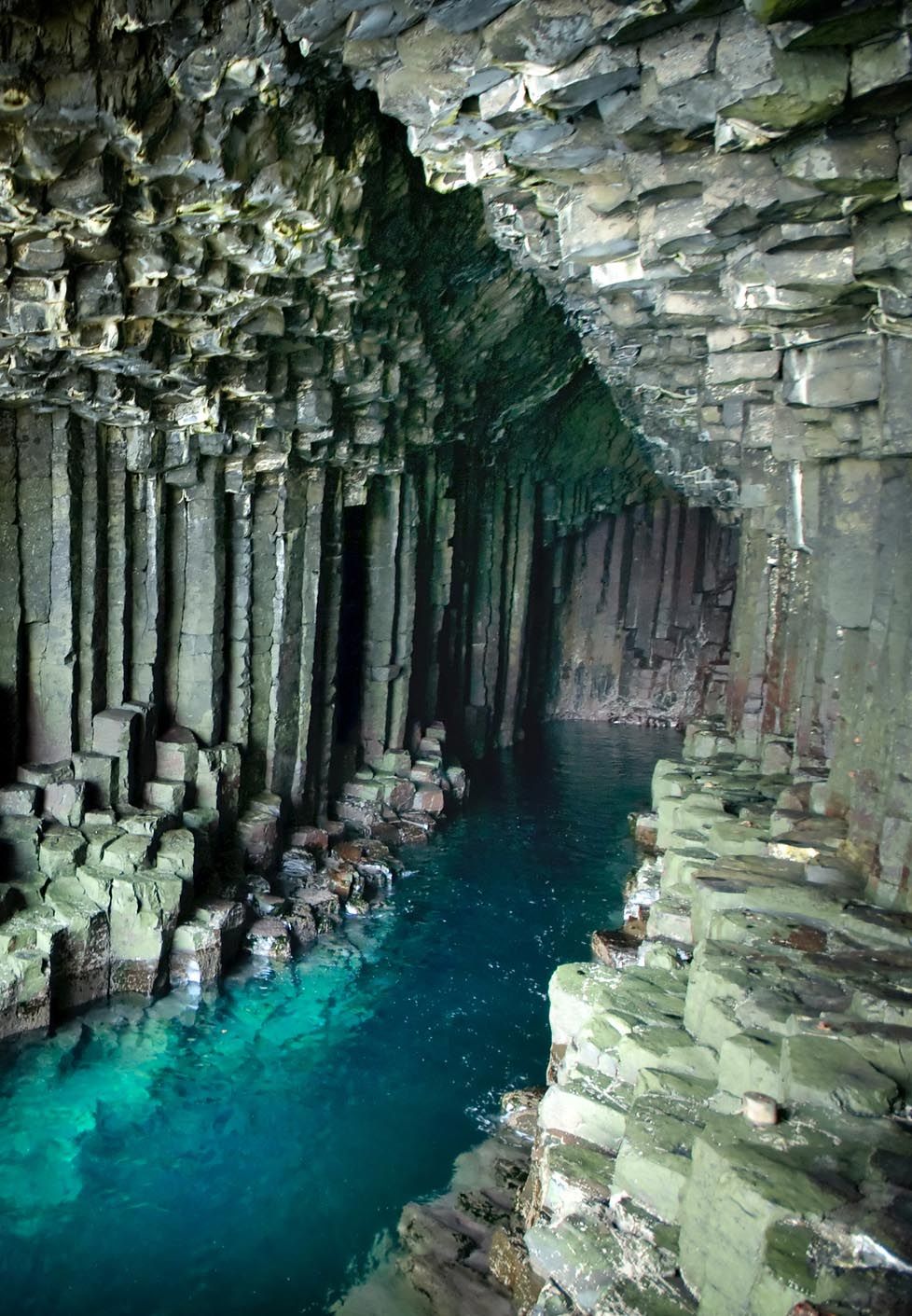
One of the most exceptional features of Fingal’s Cave is its extraordinary acoustics. Due to its structure, the waves of the Atlantic Ocean can create an otherworldly and harmonious resonance in the deep of the cave. The noise produced by the oceanic waves against the basalt pillars has given the cave the nickname “the musical cave.” This natural symphony has been a source of inspiration for composers and musicians throughout history, including the famous classical composer Felix Mendelssohn.
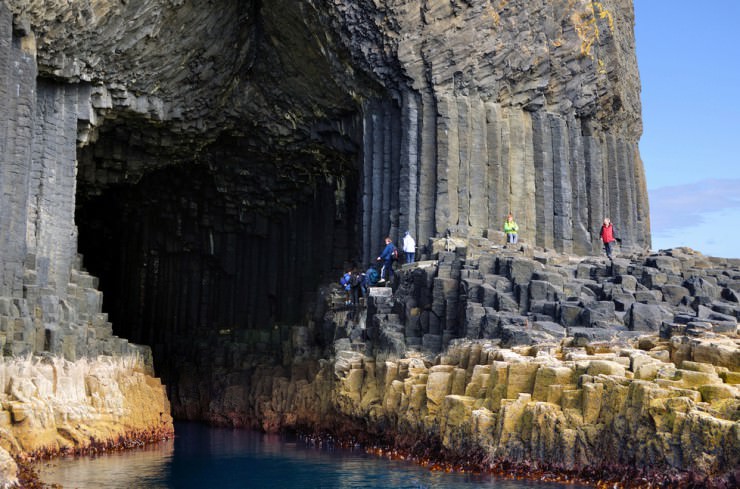
The Romantic poet John Keats was among the first literary personalities to be enchanted by the captivating beauty of Fingal’s Cave. He expressed his fascination with this natural wonder in his poem “Staffa,” where he vividly described the cave’s mystical allure, grandeur, and otherworldly atmosphere. Keats’ words aptly capture the echoes that reverberate within the cave and the awe-inspiring experience of exploring its dark chambers.
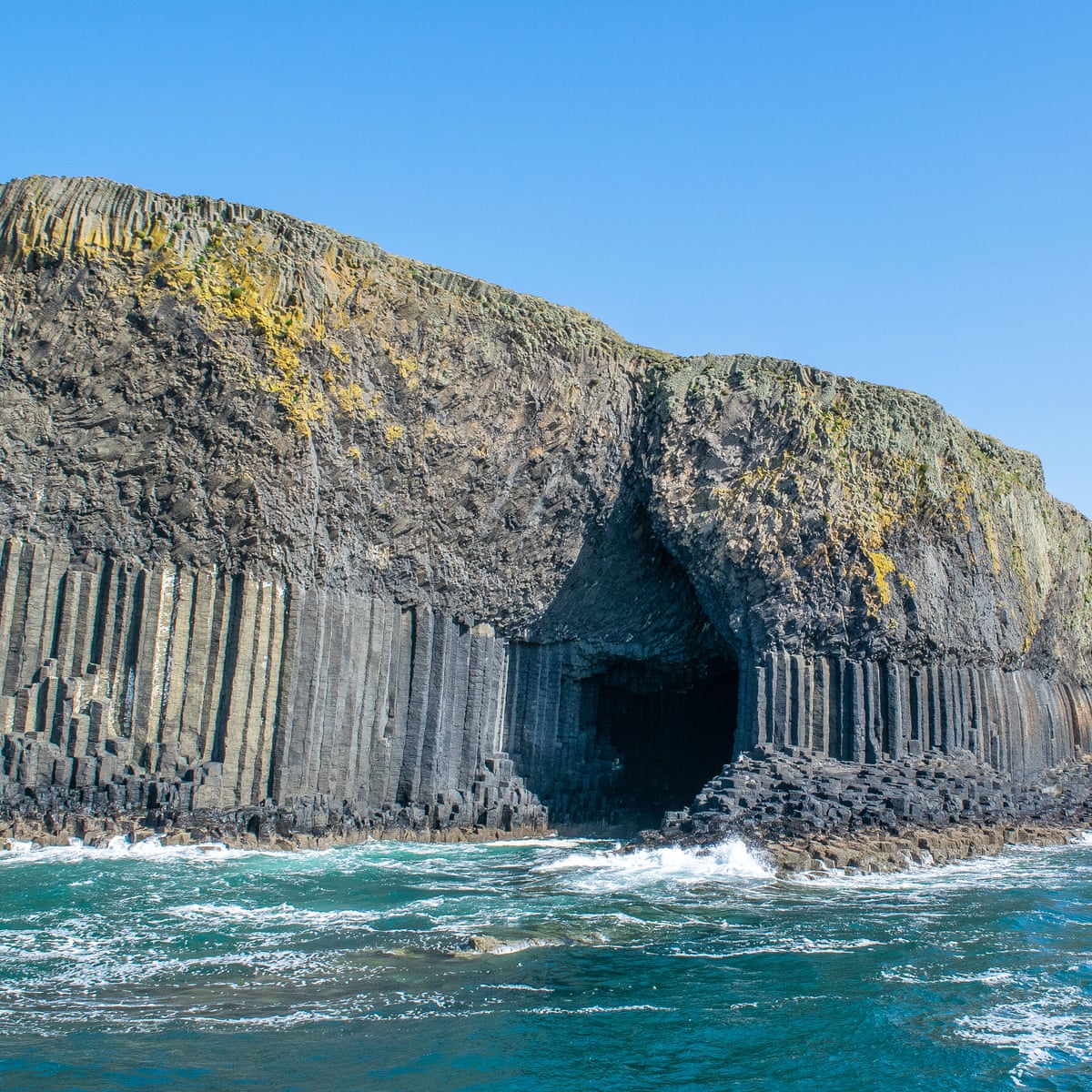
Jules Verne, a well-known French writer, has integrated Fingal’s Cave into the literary world. His novel “The Mysterious Island” takes his characters to the legendary Staffa Island where they delve into the mysterious and captivating depths of Fingal’s Cave. Through Verne’s vibrant portrayal, readers are transported into the cave’s enchanting atmosphere and are captured by its enigmatic allure.
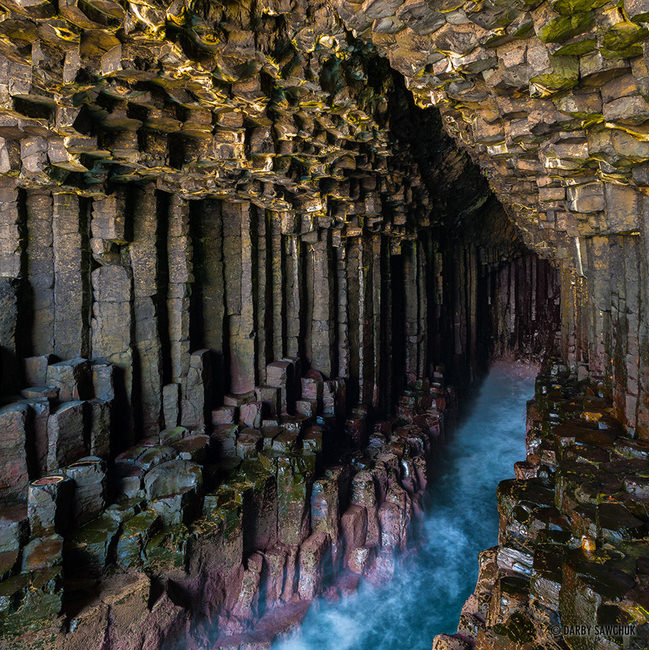
Fingal’s Cave, a natural wonder, has not only inspired countless artists and bands but also the iconic rock band Pink Floyd. Their instrumental piece “Set the Controls for the Heart of the Sun” captures the ethereal ambience of the cave’s acoustics. The track is a sonic voyage that mirrors the sense of adventure and enigma associated with Fingal’s Cave.
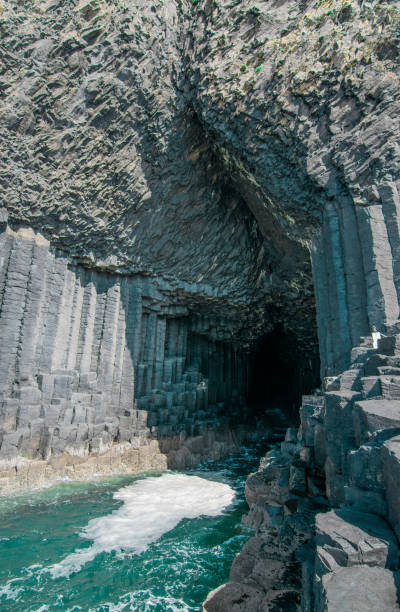
The isle of Staffa’s Fingal’s Cave remains a popular destination for tourists across the globe, thanks to its exceptional geological characteristics and the intense emotions it evokes. This natural wonder leaves visitors gasping at its stunning beauty, inspiring artists, poets, and musicians alike. It’s a prime example of how nature can influence and stimulate human creativity, reminding us of the vital connection between art and the environment. Fingal’s Cave is a testament to the enduring influence that the earth can have on our imagination, and it will continue to captivate visitors for generations to come.
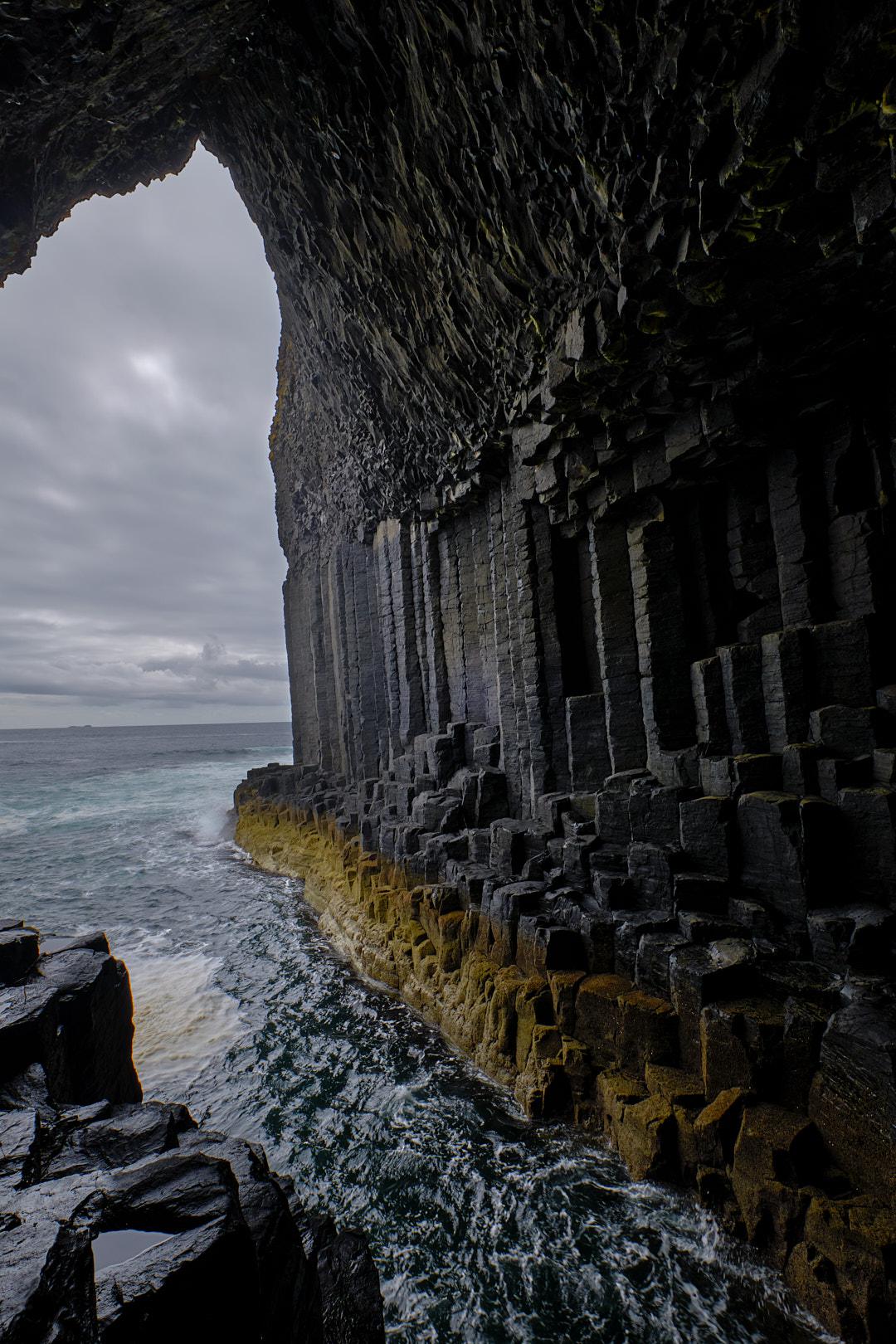
Fingal’s Cave is a truly remarkable natural wonder located on the island of Staffa. Its unique hexagonal basalt columns and enchanting acoustics have captured the imaginations of countless creative thinkers over the years. From famed Romantic poet John Keats to innovative writer Jules Verne and legendary musicians like Pink Floyd, the cave’s impact on the artistic world has been undeniable. Stepping into the depths of Fingal’s Cave is like entering a whole new realm, where the splendor of nature and human creativity seamlessly blend together in perfect harmony.



